Mandalas – The Beauty of Healing Arts
Just about all eastern spiritual belief systems pertain to how personal energy and well-being can be transmuted through mindful practices such as mediation, yoga, tai chi, feng shui, etcetera. Other healing arts like massage, acupuncture, reiki, color/sound/aroma therapies, and chakra balancing use energy channels to bring about the beneficial mind-body alignment that healers and practitioners commonly tout. Mandalas are the visual maps, the cosmic diagram that ‘shows the relation to the infinite… within our minds and bodies’. Much more is written about mandalas and their benefits online.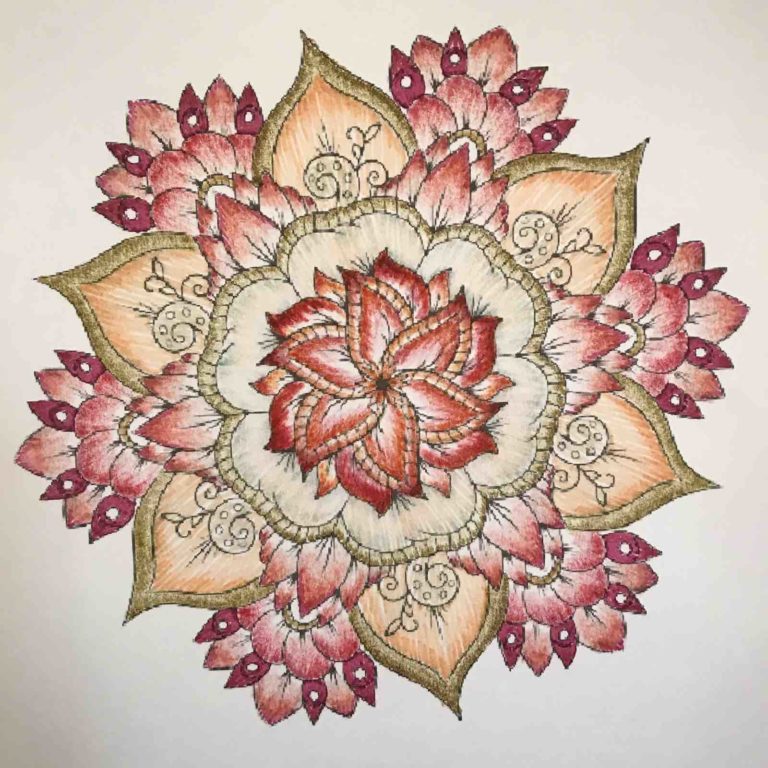
The word ‘chakra’ is Sanskrit for ‘wheel’, the circle of wholeness which corresponds to 7 energy points along the vertical median of our bodies. Everyone knows that wheels need to be balanced for premium efficacy. Mandala designs are symbolic guidance tools, interpreting these chakras and representing the cyclical nature of life. Hanging mandalas on the wall or placing one on an alter creates a sacred space and facilitates a ‘time-microcosm’, its geographical patterns representing ‘wholeness, the organizational structure of life itself’. (*)
As an art form, drawing mandalas is very therapeutic and brings about alpha-state brain activity. The use of fine repetitive movements required to draw these detailed compositions helps adherents stay in the moment, reduce stress and quite negative thoughts. It is purported that this mental state has the most profound positive effects on our body’s immune system. 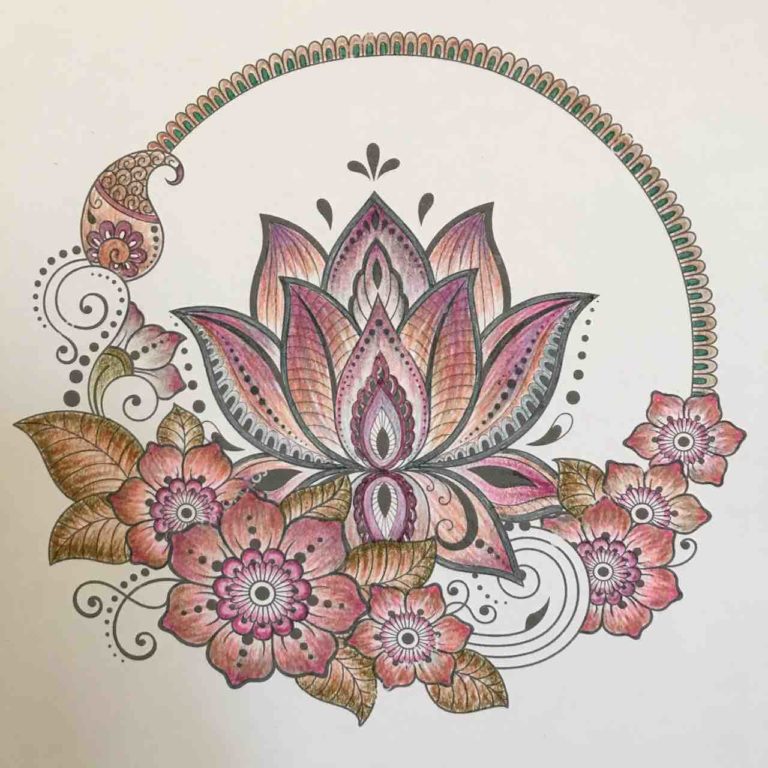
Howard Hultgren of Sandy, Utah, has been drawing mandalas for a few years now, more of a hobby at first then designing them in earnest after cancer metastasized to his lungs. Married to an “exceptionally talented” professional artist and illustrator for 40 years – now divorced – and the prodigy of master wood-workers (father and grandfather), Hultgren claims, ” I am not an artist myself, only artistic.There is a big difference.” Semantics and self-deprecation aside, Hultgren has sought to approach his life as an act of artistry, generously sharing his creativity with many people in a gesture of solidarity.
“I gave away a design not long ago to a man who came into my apartment to clean carpets. He is a recovering alcoholic and he uses my mandala every night to clear his mind for 10 or 15 minutes, strengthening his resolve to stay on the path of sobriety. What more can anybody ask for than to help others?” Hultgren questions. His art and Buddhist sensibilities put the power of healing in his hands, helping him master his body, control pain and other unfavorable side effects of his cancer treatment.
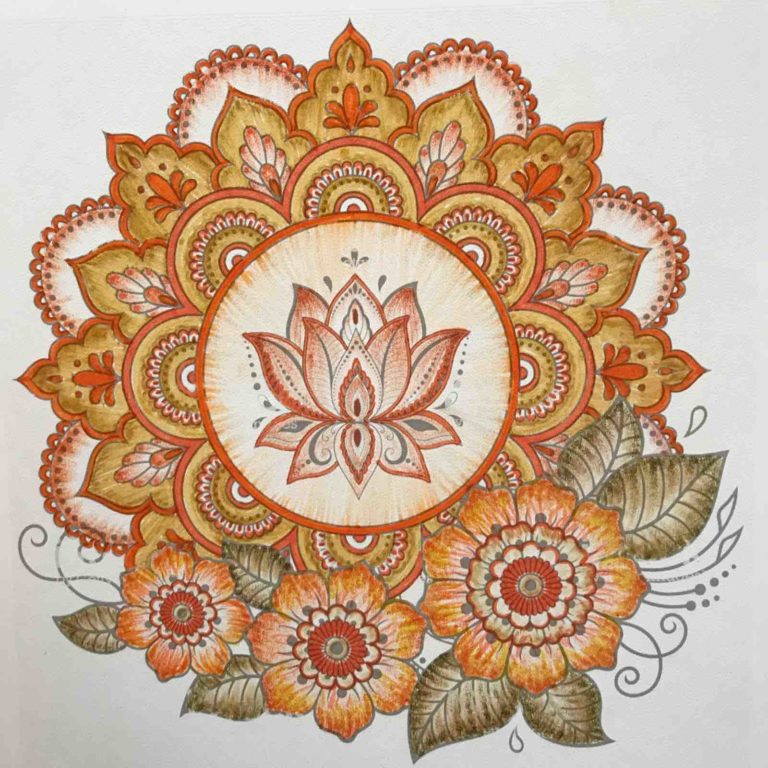 “As a product of the ’60s, I have always gravitated to the bright colors and intricate patterns of mandalas,” Hultgren explains. “I color only with markers and very seldom do I have a complete idea on how to treat it. So I start with what I feel is a good background color in the center. It just grows from there.”
“As a product of the ’60s, I have always gravitated to the bright colors and intricate patterns of mandalas,” Hultgren explains. “I color only with markers and very seldom do I have a complete idea on how to treat it. So I start with what I feel is a good background color in the center. It just grows from there.”
As his own designs become increasingly intricate, the more he focuses on each stroke, the more the real world disappears. Hultgren attests, “It’s crazy, but as a result of these pieces I accepted who I am and learned how to love myself with my own self-expression. I have learned to take my time, study my next move. Sometimes I win, sometimes I lose. You have to experiment to increase your skills.”
Indeed! When uncertainty and danger seem to lurk around every corner these days, now more than ever we need ways to align ourselves with our Divine inner voice, not the screaming hype of media and politicians. ArtBeat Magazine extends gratitude to Mr. Hultgren for his story and urges all of our readers to practice self-love and to shine your beautiful selves onto this world, from a safe social distance, of course. We are looking forward to getting back to our more normal arts gatherings and programming as soon as possible. Until then: Be Kind, Be Brave. Be Creative. 
Correspondence with the artist can be had through the magazine. All images trademarked and courtesy of Howard Hultgren.
(*) Definition portions from Wikipedia

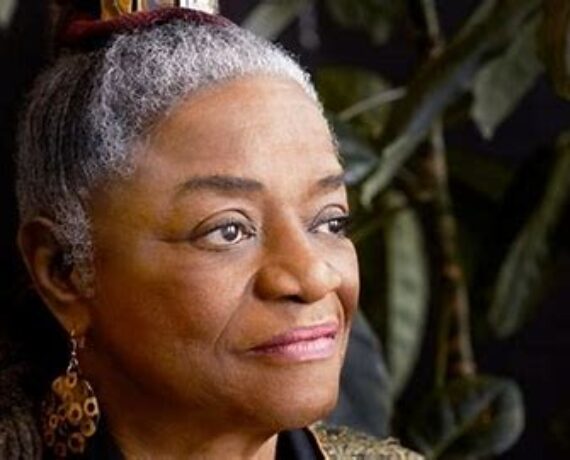
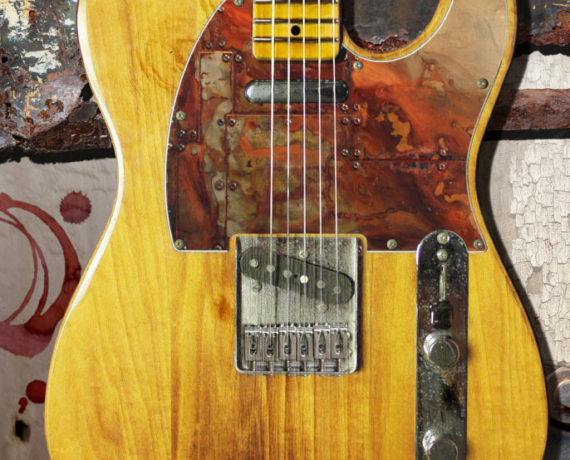
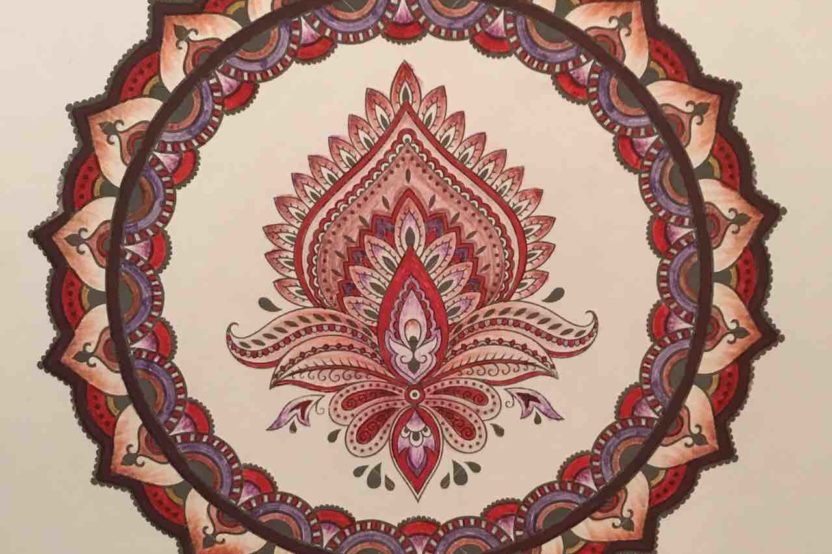
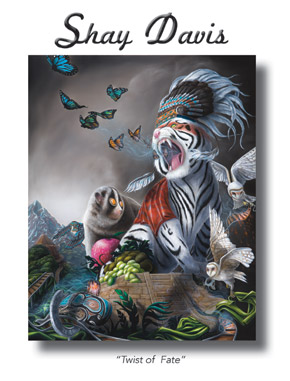


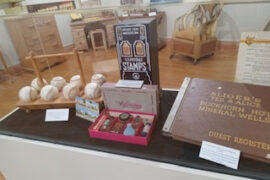
 Architects of Art: In the Course of Time
Architects of Art: In the Course of Time  Random Seed, A Fractal Artist Update
Random Seed, A Fractal Artist Update 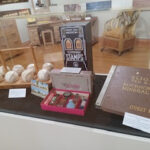 Discovery Through Preservation, Mesa Historical Museum
Discovery Through Preservation, Mesa Historical Museum 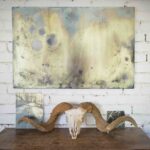 Looking Glass, A Reflection of Time – Norman Broomhall
Looking Glass, A Reflection of Time – Norman Broomhall